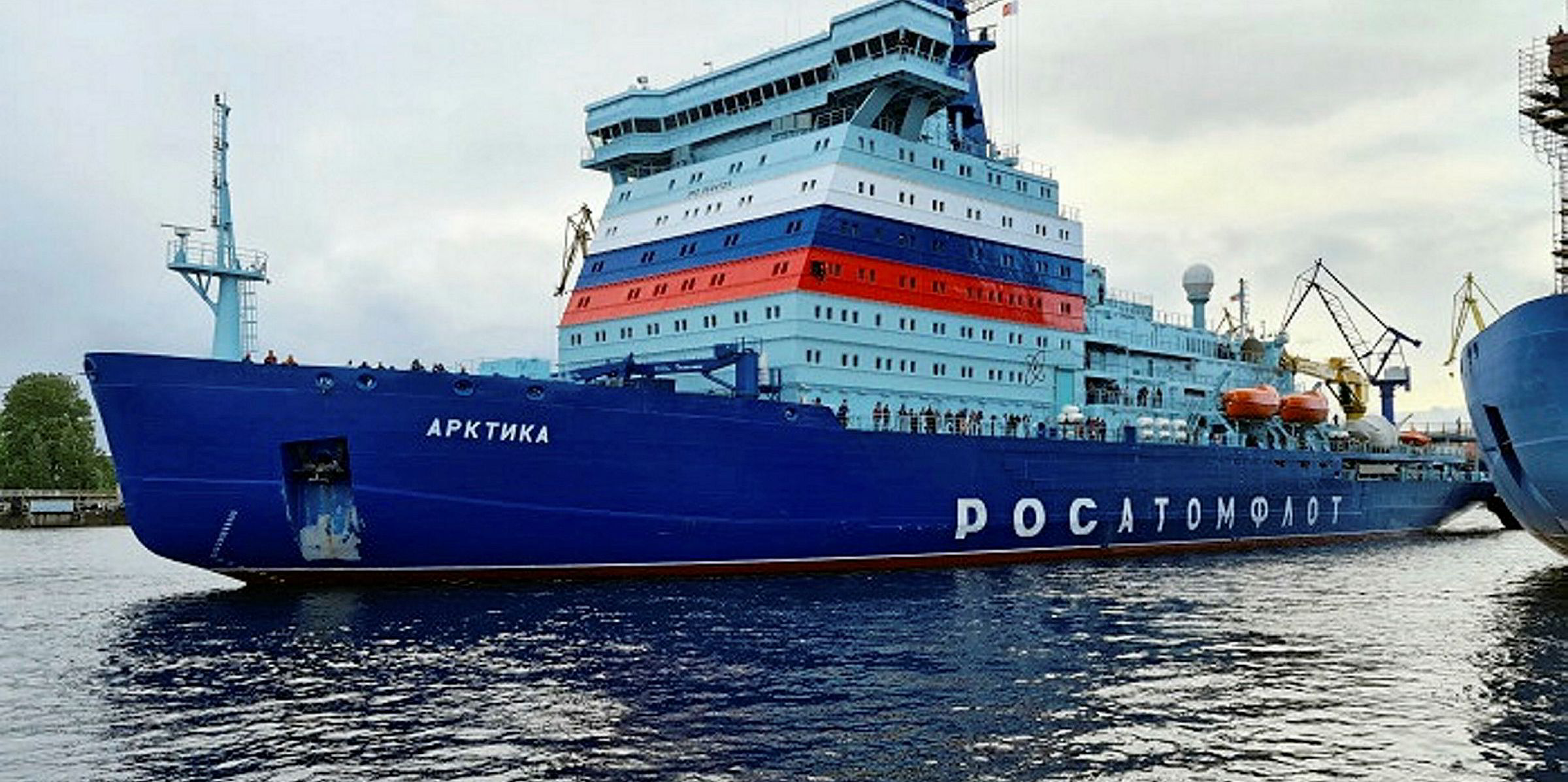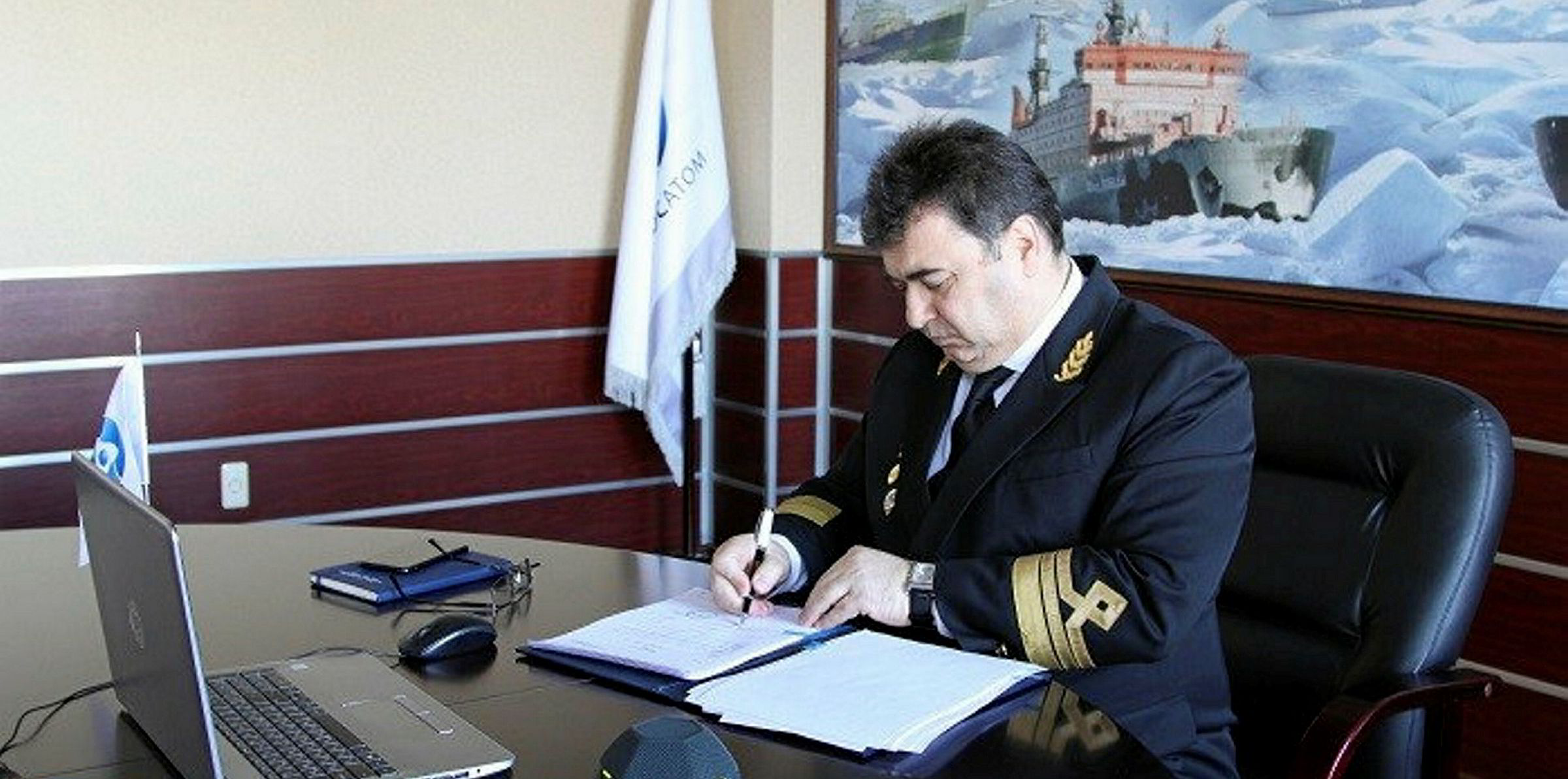Russia’s new nuclear ice breaker Arktika has left OJSC Baltic Shipyard in St Petersburg en route for Murmansk and the start of its operational life in the Northern Sea Route (NSR).
The vessel left the yard Tuesday on what state nuclear authority Rosatom State Atomiс Energy Corp said will be a two-week voyage during which the vessel will be trialed in ice conditions.
The ice breaker, which Rosatom said is the largest and most powerful ice breaker in the world, has been undergoing final tests in the Gulf of Finland and Baltic Sea since June. These looked at the vessel’s electrical power systems under running conditions and its ability to manoeuvre in various drafts.
It completed its second stage of sea trials last week on 17 September.
Arktika is the lead vessel in Russia’s Project 22220 for five new ice breakers which are due for delivery in the period to 2026.
Length: 173 metres
Breadth: 34 metres
Height: 15.2 metres
Power capacity: 60MW
Cruising speed: 22 knots
Maximum ice penetration: 2.9 metres
Crew: 53
Service life: 40 years
It was ordered by Rosatom, of which ice breaker shipowning arm FSUE Atomflot is a group company.
“The program of sea trials has been fully implemented,” FSUE Atomflot director general Mustafa Kashka said. “The shipbuilders, contractors and the delivery crew have done a great deal of work. We are satisfied with the results. The Arktika nuclear icebreaker is ready to sail to Murmansk.”
In April Rosatom, which currently operates four existing ice breakers, ordered the first of three expected Leader-class vessels at Zvezda Shipbuilding Group, under what is known as Project 10510.
The ice breaker newbuildings are being ordered as part of Russia's efforts to open up the NSR on a year-round basis to commercial shipping. Winter trials of vessels in the Arctic navigation route are due to start in 2021.
But the construction of the flagship vessel Arktika has proved long and complex.
The ship's keel was laid in May 2013 and the vessel launched three years later.
The ice breaker, which is fitted with two RITM-200 nuclear reactors and a steam turbine unit with an overall power capacity of 175MW, has been designed to work piloting both large and small ships in the western Arctic region. It is capable of operating both in Arctic waters but also in the estuaries of shallower polar rivers such as the Yenisei and Ob.
Arktika is named after another ice breaker of the same name which in 1977 became the first ship to reach the North Pole.







